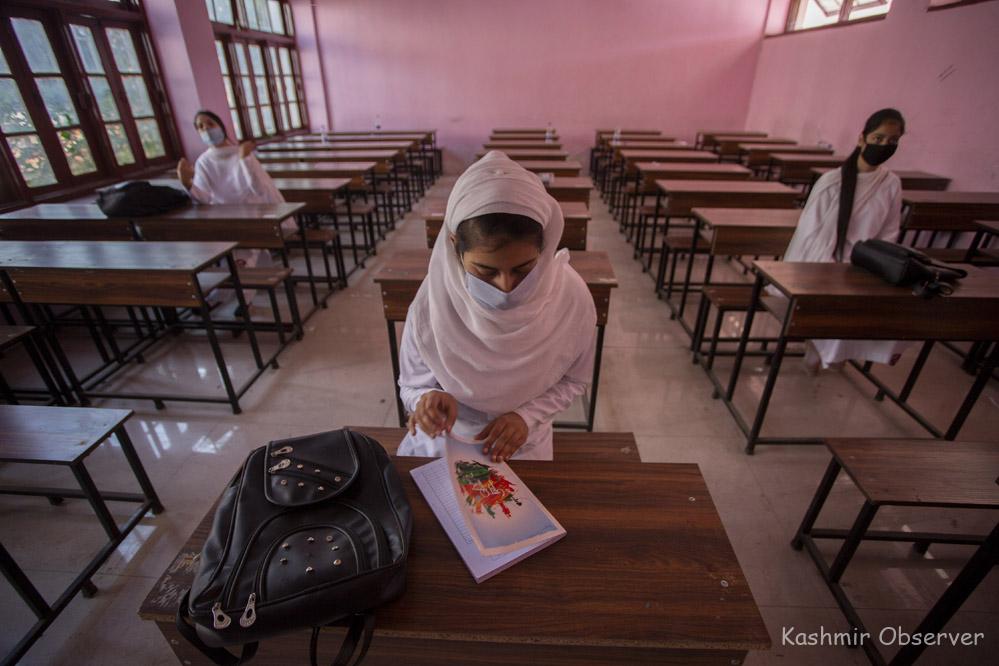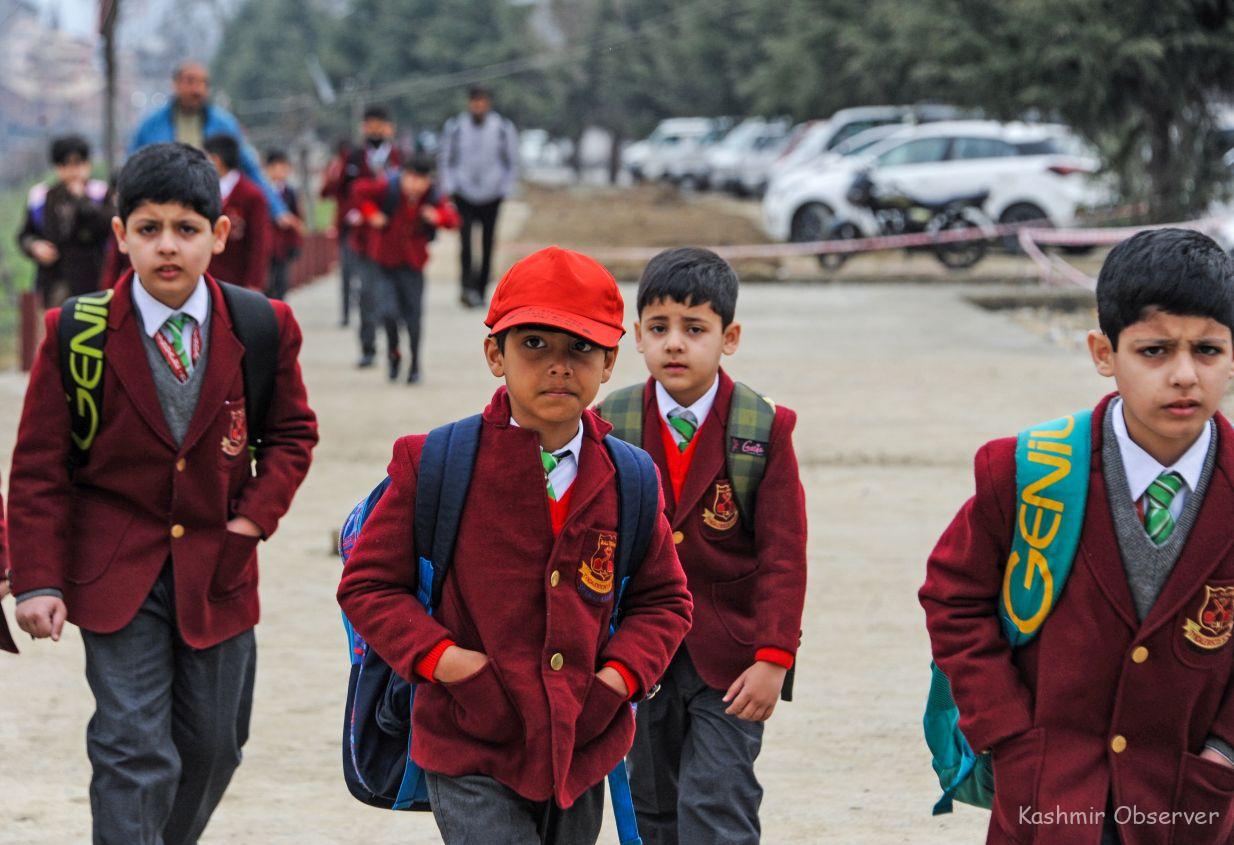
Shambled buildings, untidy spaces, dull classrooms and disinterested teachers – this is the image that most of us conjure when thinking about government schools and to all dismay the picture is correct and true in its contents. No matter how authorities try to gloss over the ground realities, the fact is that government schools, despite having qualified staff and minimum expenses, remain the last choice with parents.
Government schools are opted in situations of economic emergency, only when situations corner parents and they are absolutely disempowered to afford private school for their ward. Sometimes, even in situations of such economic extremes, people cut out their needs and try to secure for their children a place in private schools – reflecting the desperation of people to stay away from government schools. Why are people ready to sacrifice their basic amenities and enrol their wards in private schools instead of sending them to government schools, where expenses are minimal and children also receive free uniform and other items? The paradox is one that needs close attention in order to understand the failure of government schools in delivering quality education and magnetising parents and students to attend to these institutions. The classical irony is not lost to us as members of same society that government teachers enrol their own children in private schools and at times use influence and approach for the same. One can’t imagine a bigger tragedy and treason in the context we are talking and the audacity of self-contradiction is not only well known but now stands well accepted and approved socially. The state of affairs, as it exists, makes us ponder the rot within the system and to explore the reason for the dichotomies in place with reference to government schools, their tall claims and the simultaneous existence of fallacies, lacunae and failures.
One often ponders the puzzles that how do teachers in private schools, who are paid far lesser, in comparison to their government counterparts; impart quality education to their students and literally burnout themselves in the process?
The answer to this is a master-key that unlocks other allied questions. A little reflection leads us to the mechanism of internal accountability and regular evaluation at private schools which is almost absent in case of government schools. While private schools ensure to have regular evaluations in place to assess the performance of teachers and students; government schools, eviscerated of any such process, defer it to annual exams, whose results often expose their cracks and lacunae. Recently, we have been told that government schools are doing good as they have secured some positions here and there. But this overlooks the fact that individual achievements can’t be used to rub off collective failures and when these instances are probed, they turn out to be the fruits of individual efforts rather than institutional excellence.
The factor of poor infrastructure can be brought in, but that is not widespread and by & large, government schools now have working infrastructure and the ball of responsibility can’t be shifted from human agency to some invisible factors. Unless some strong evaluation process and reward/punishment mechanism is brought in, the situation is unlikely to improve.
The teaching apathy in government schools is only augmented and aggravated by the absence of extra-curricular activities, lack of exposure, the total absence of academic competence and an ambience which could foster excellence and competence. In a shocking revelation, 2600 government teachers turned out to be under-qualified “the official figures reveal that a total of 2685 teachers with below secondary level qualification were teaching students at all levels”. It is left to the imagination of the readers to gauge the state of muddled affairs on ground and the quality of education served by government schools. The added irony being that at a time when educated and highly qualified youth are committing suicide and suffering from depression in the wake of unemployment, these under qualified and dead wood type of persons are enjoying the perks and benefits which a government job brings along.
The student teacher ratio is another challenge faced by these schools ranging from six teachers for three students to three teachers for three hundred students. This disproportion ratio raises strong questions on the administrative and managerial mechanism of the education department and unveils their state of absolute oblivion to the ground realities. These comments, notwithstanding their harshness, are only a mirror of reality and one can’t water them down to suit the taste of the people. The mirror is not to be blamed, the face is to be cleaned.
- Views expressed in the article are the author’s own and do not necessarily represent the editorial stance of Kashmir Observer
Follow this link to join our WhatsApp group: Join Now
Be Part of Quality Journalism |
Quality journalism takes a lot of time, money and hard work to produce and despite all the hardships we still do it. Our reporters and editors are working overtime in Kashmir and beyond to cover what you care about, break big stories, and expose injustices that can change lives. Today more people are reading Kashmir Observer than ever, but only a handful are paying while advertising revenues are falling fast. |
| ACT NOW |
| MONTHLY | Rs 100 | |
| YEARLY | Rs 1000 | |
| LIFETIME | Rs 10000 | |










